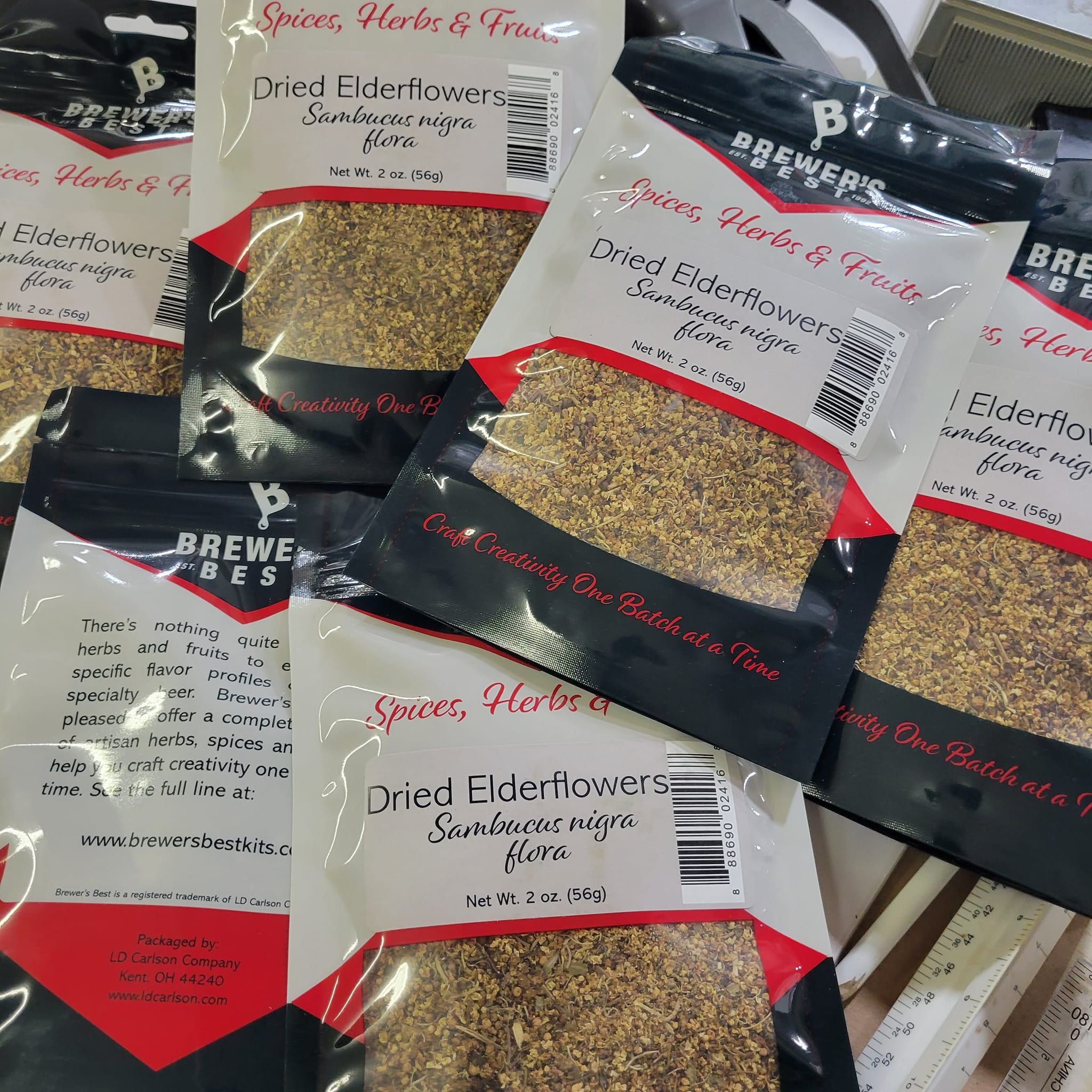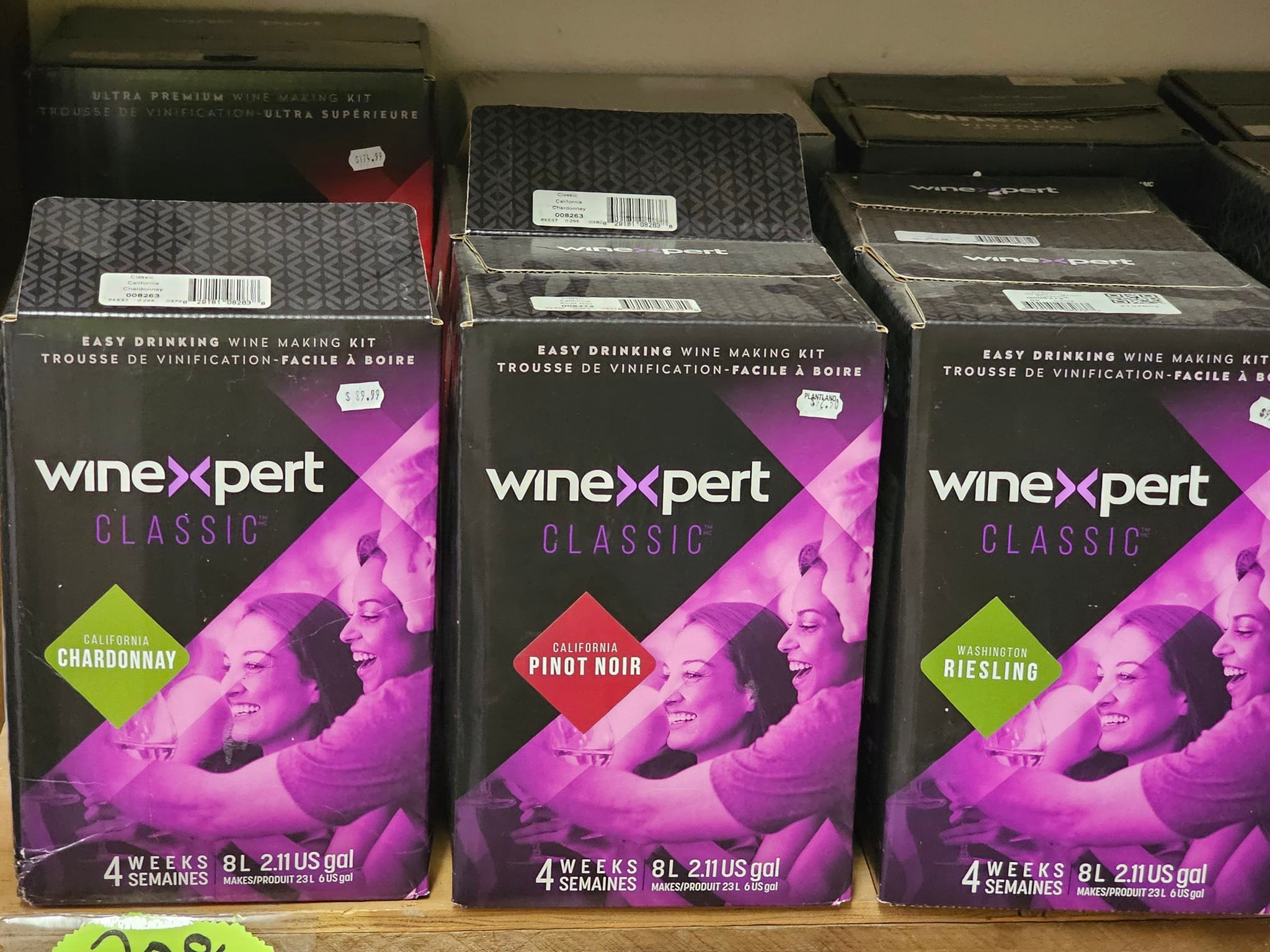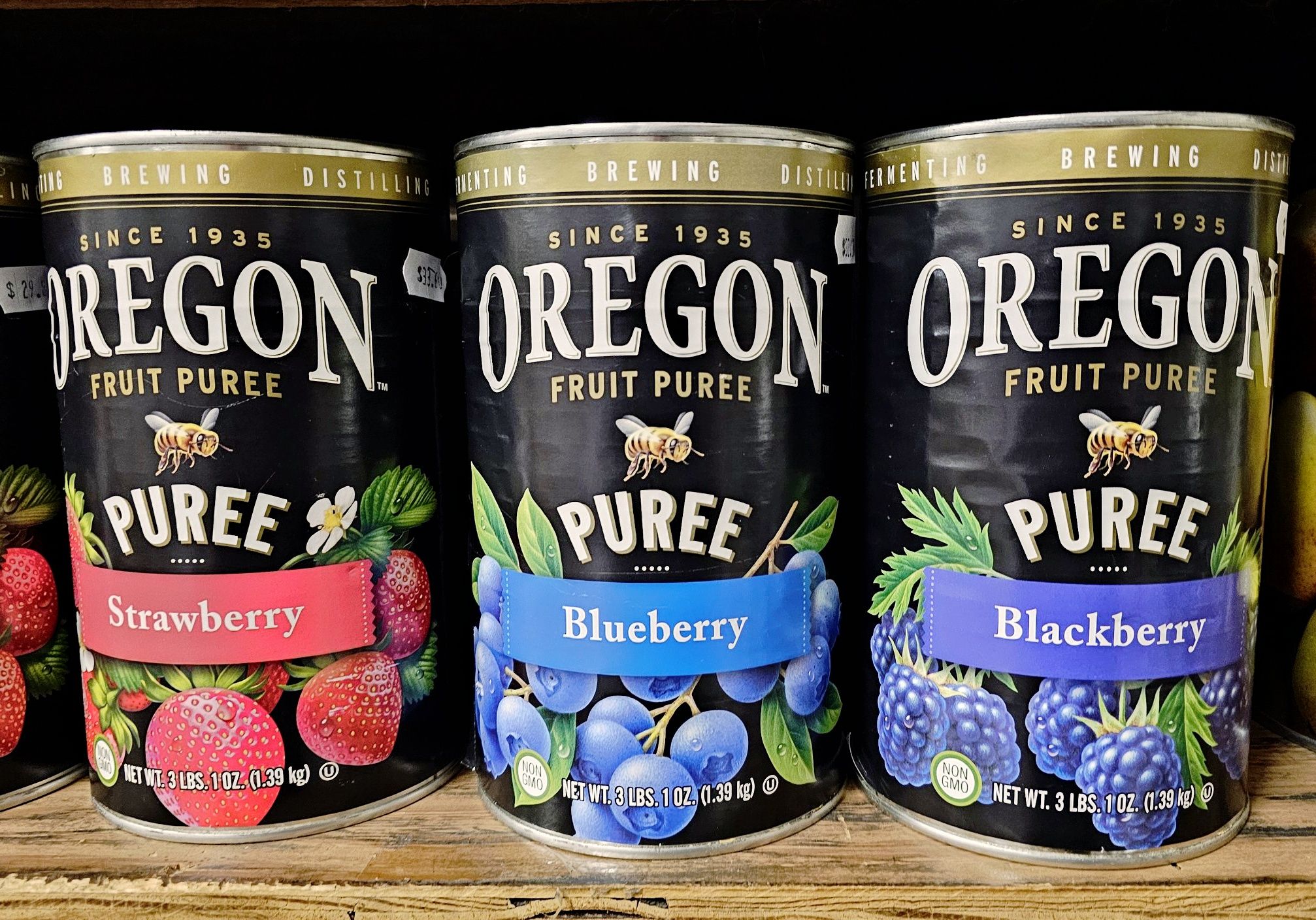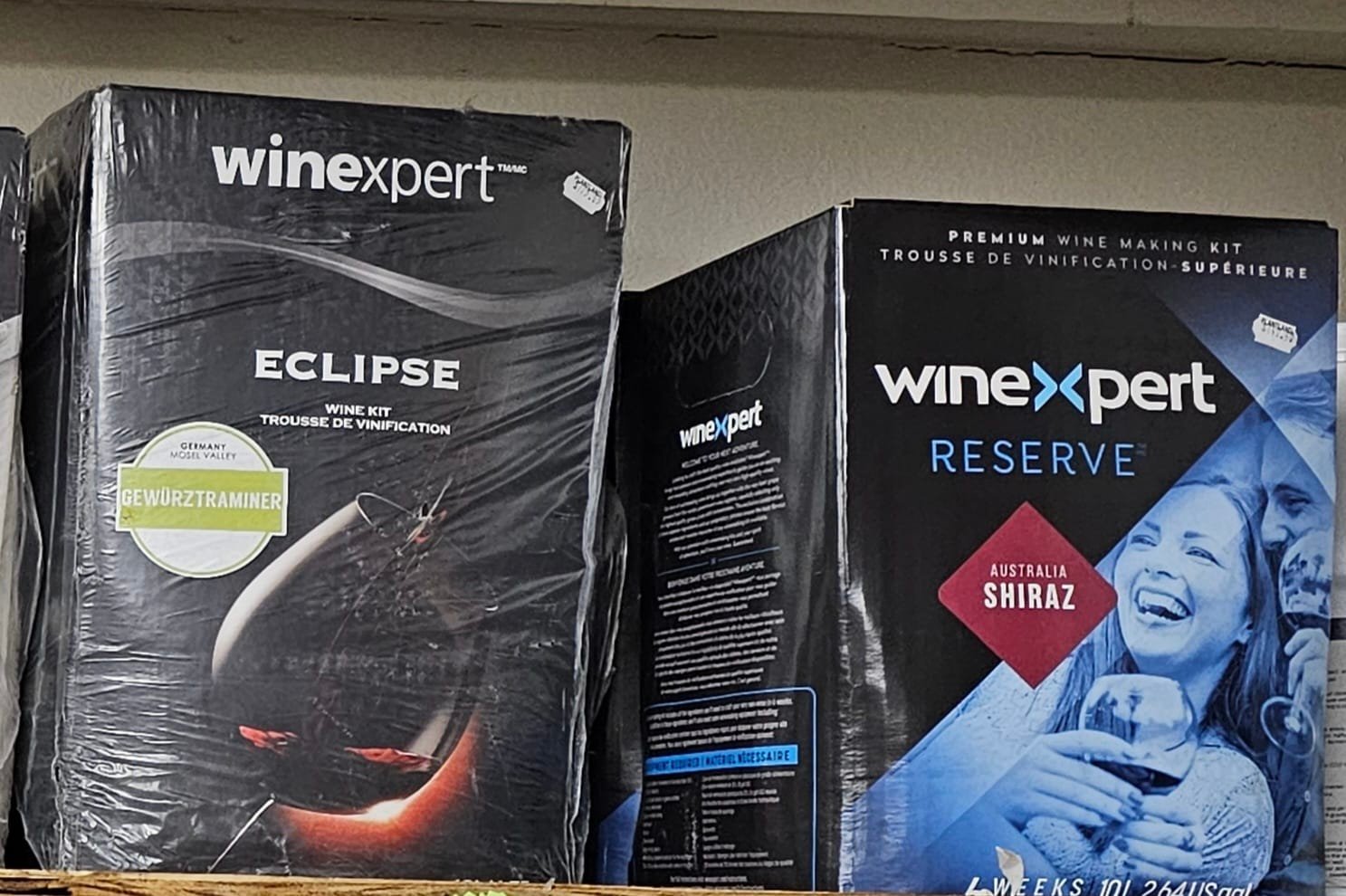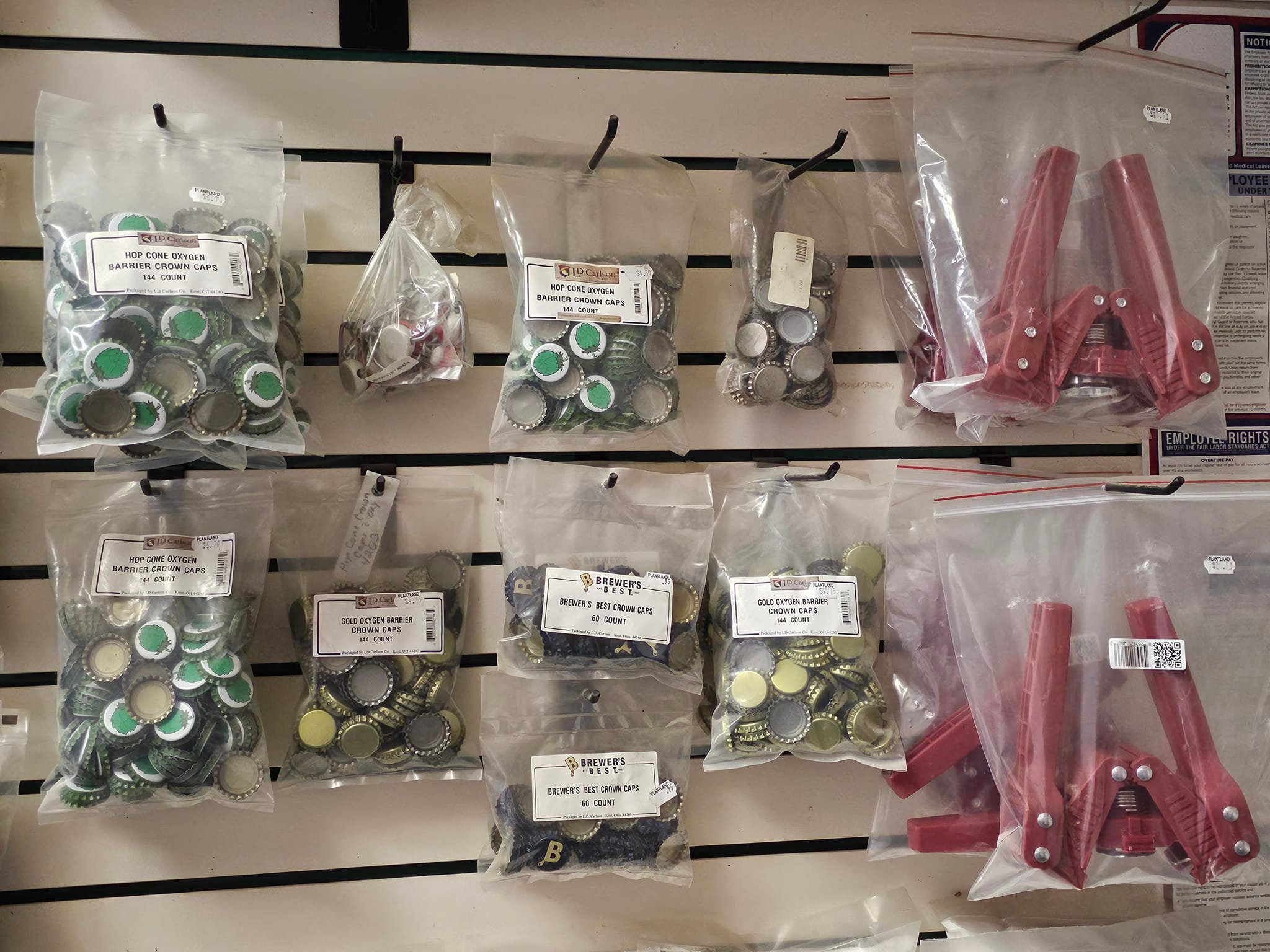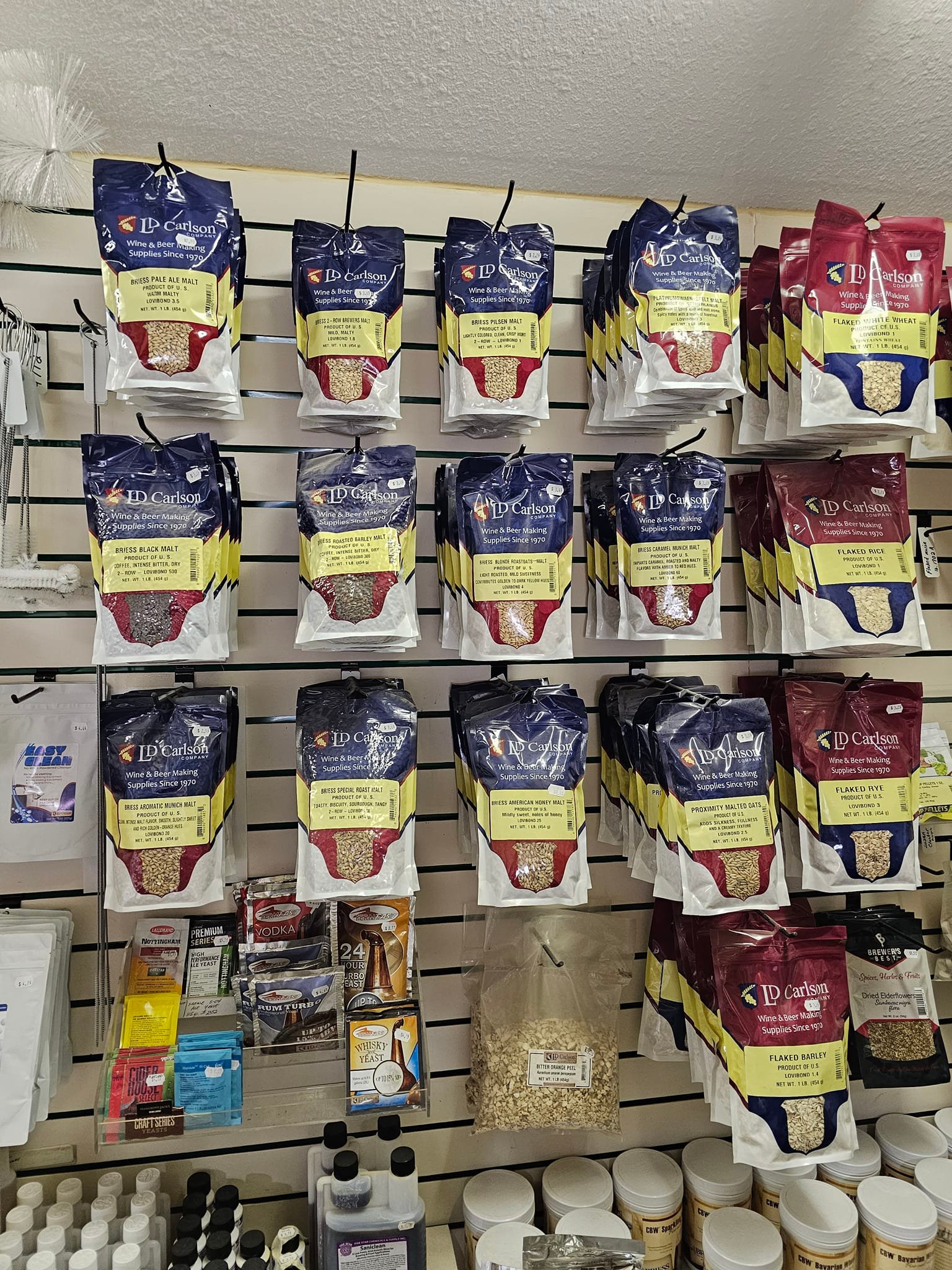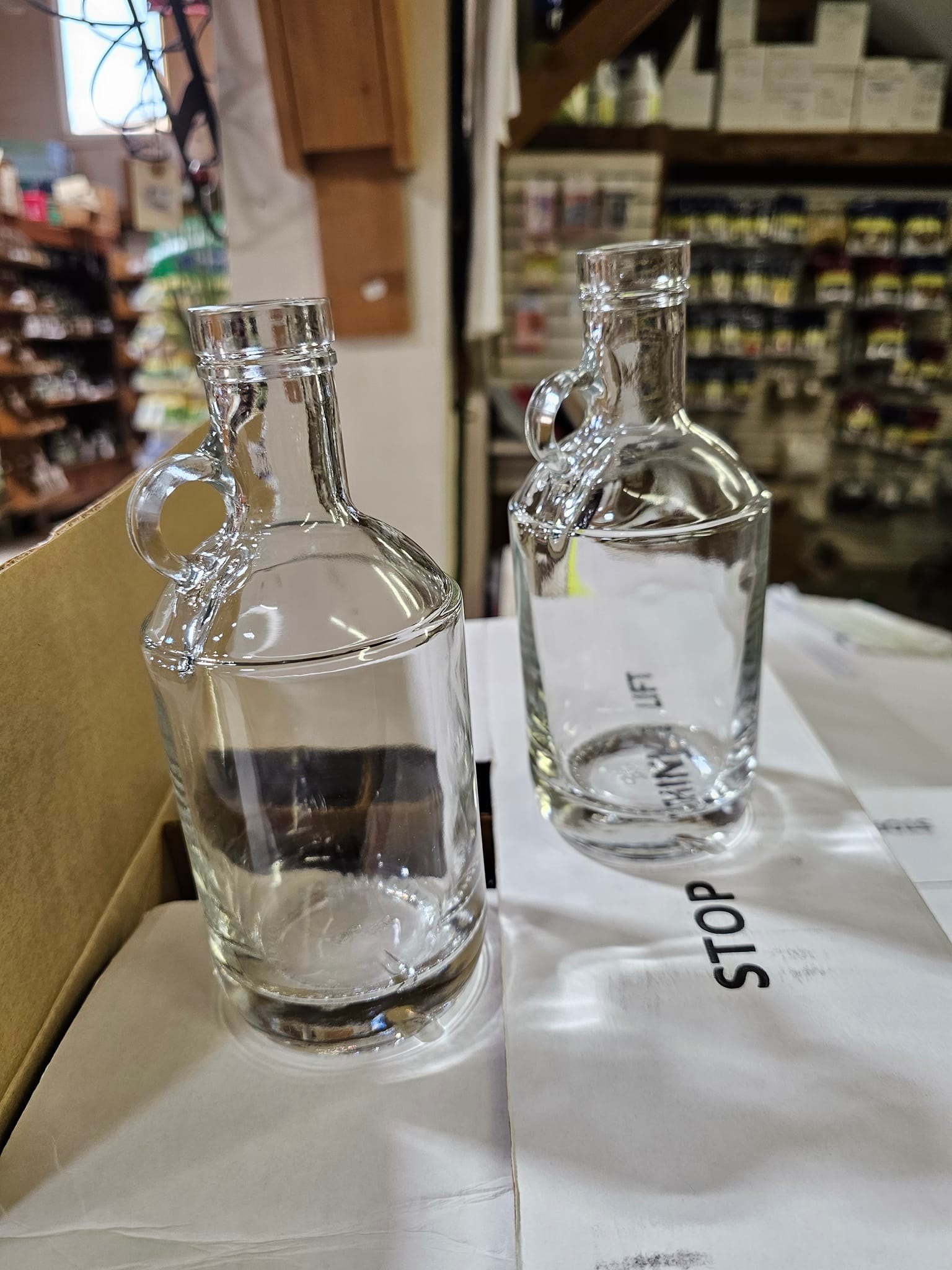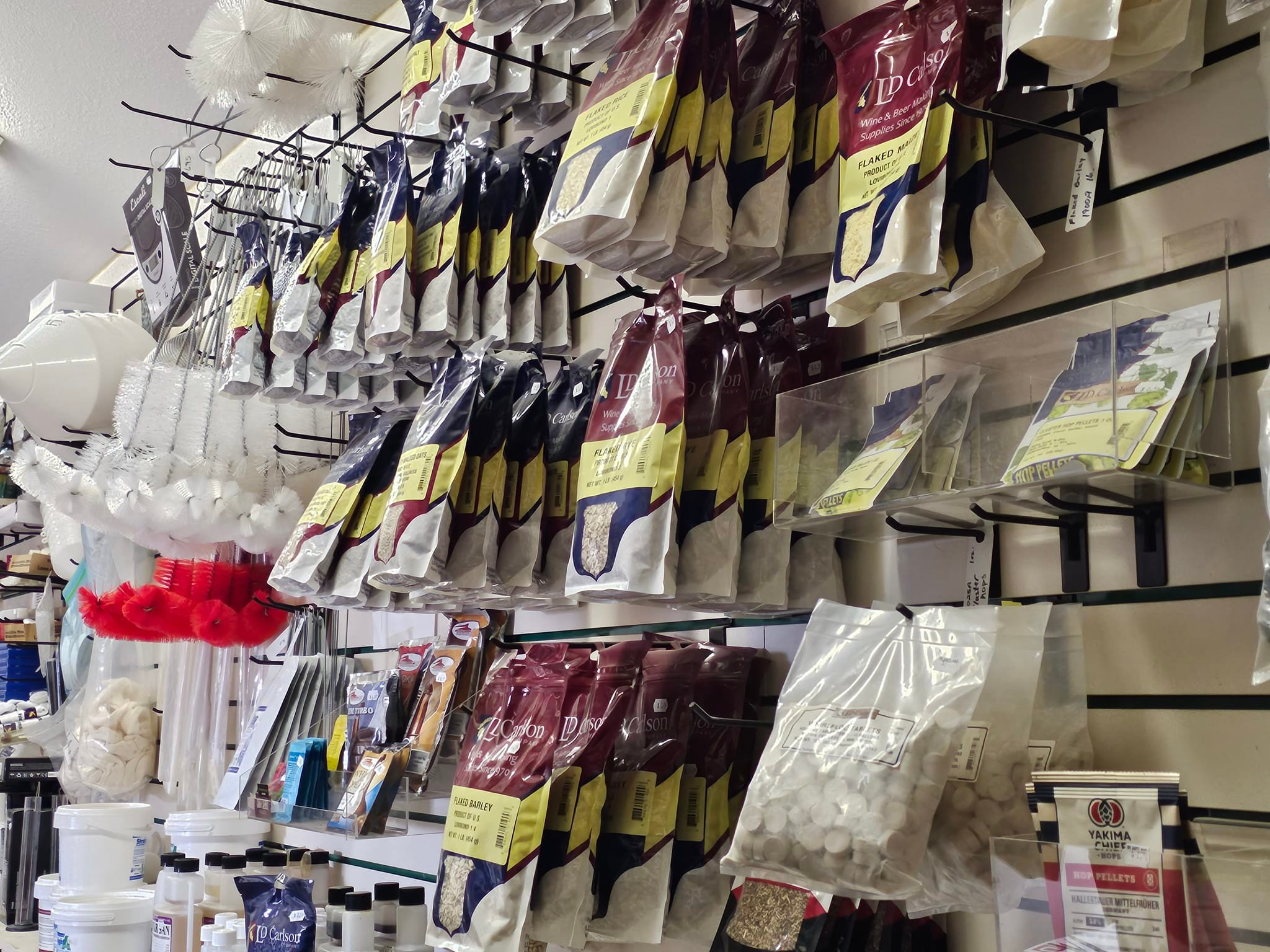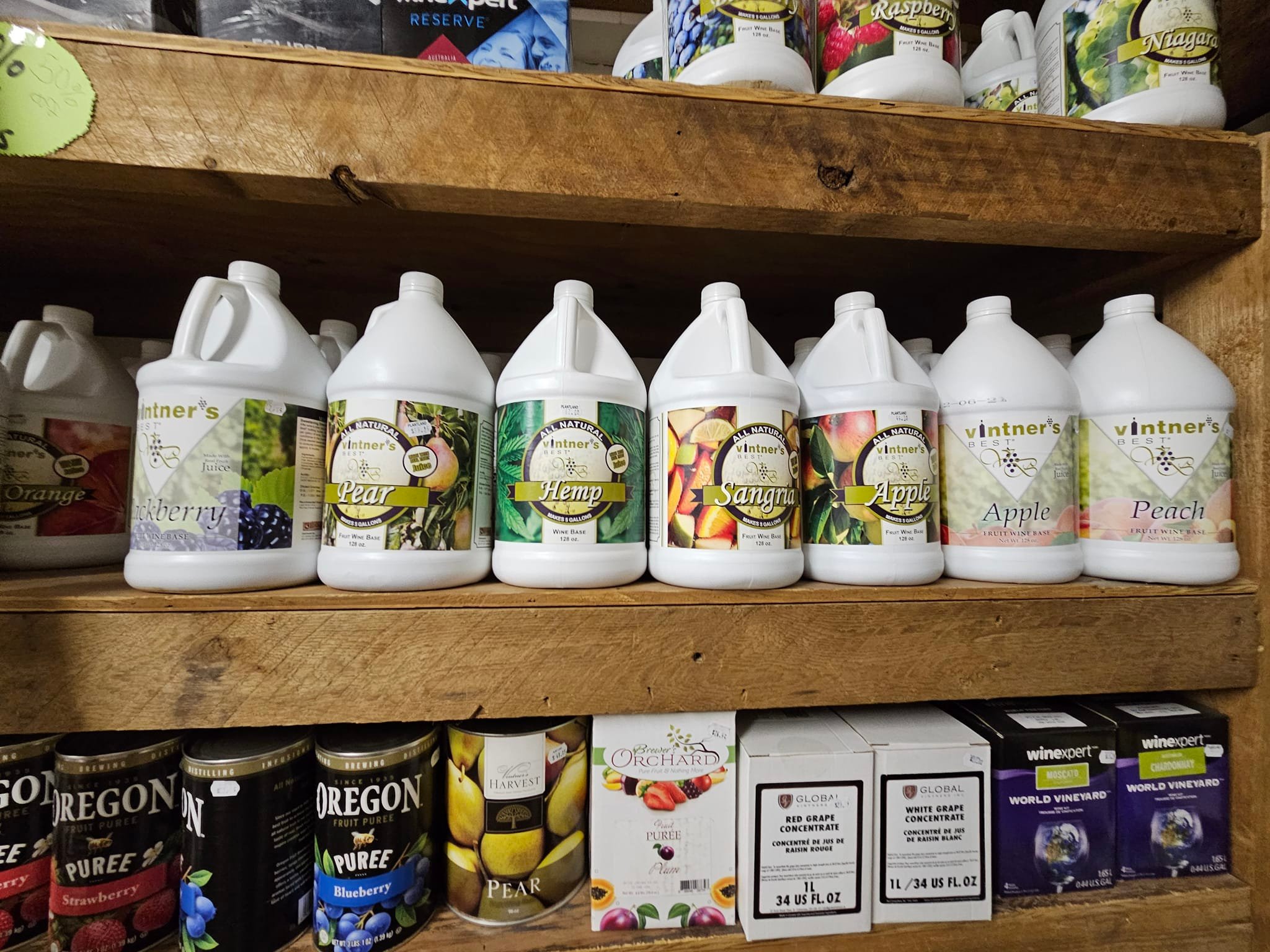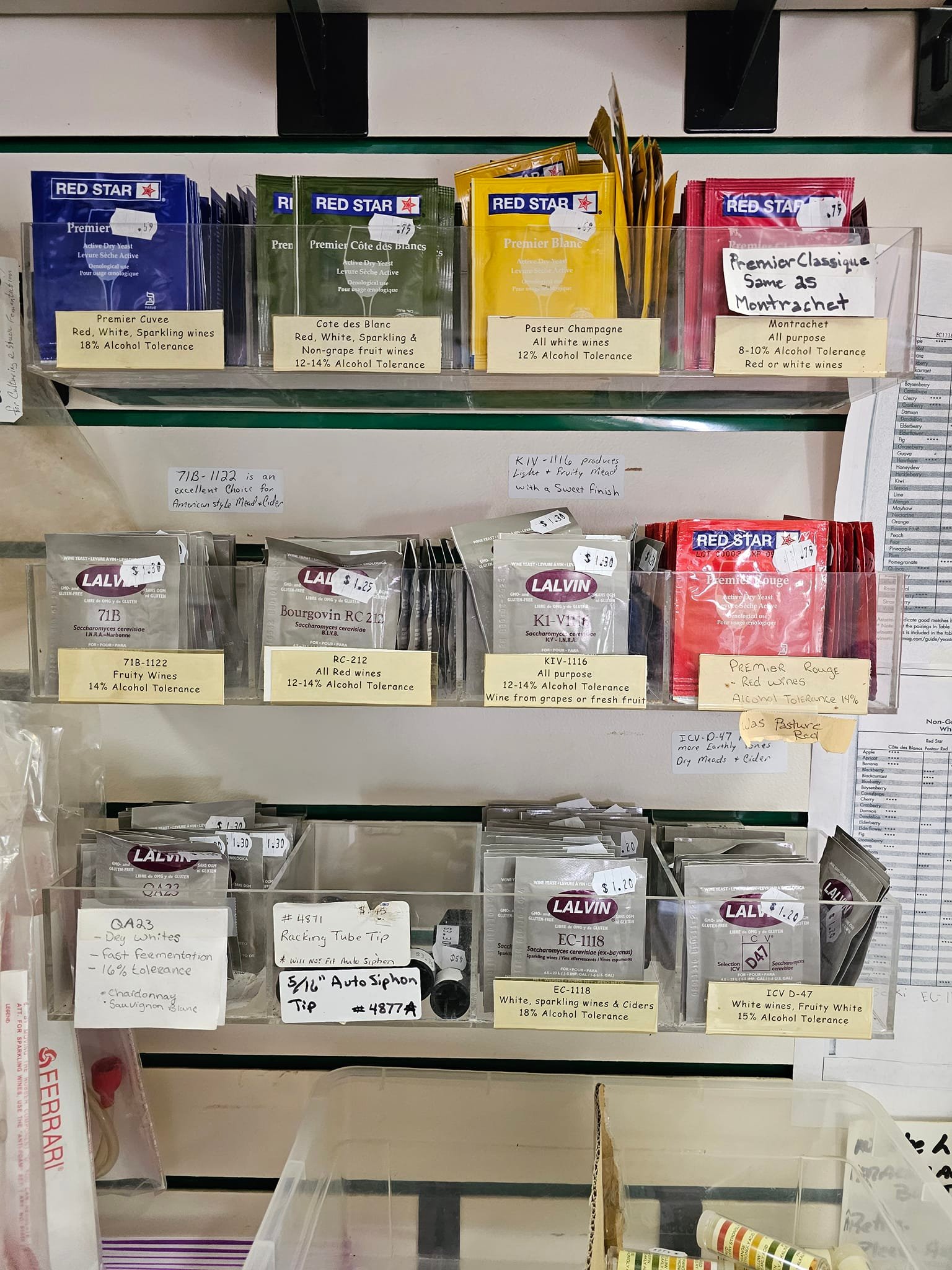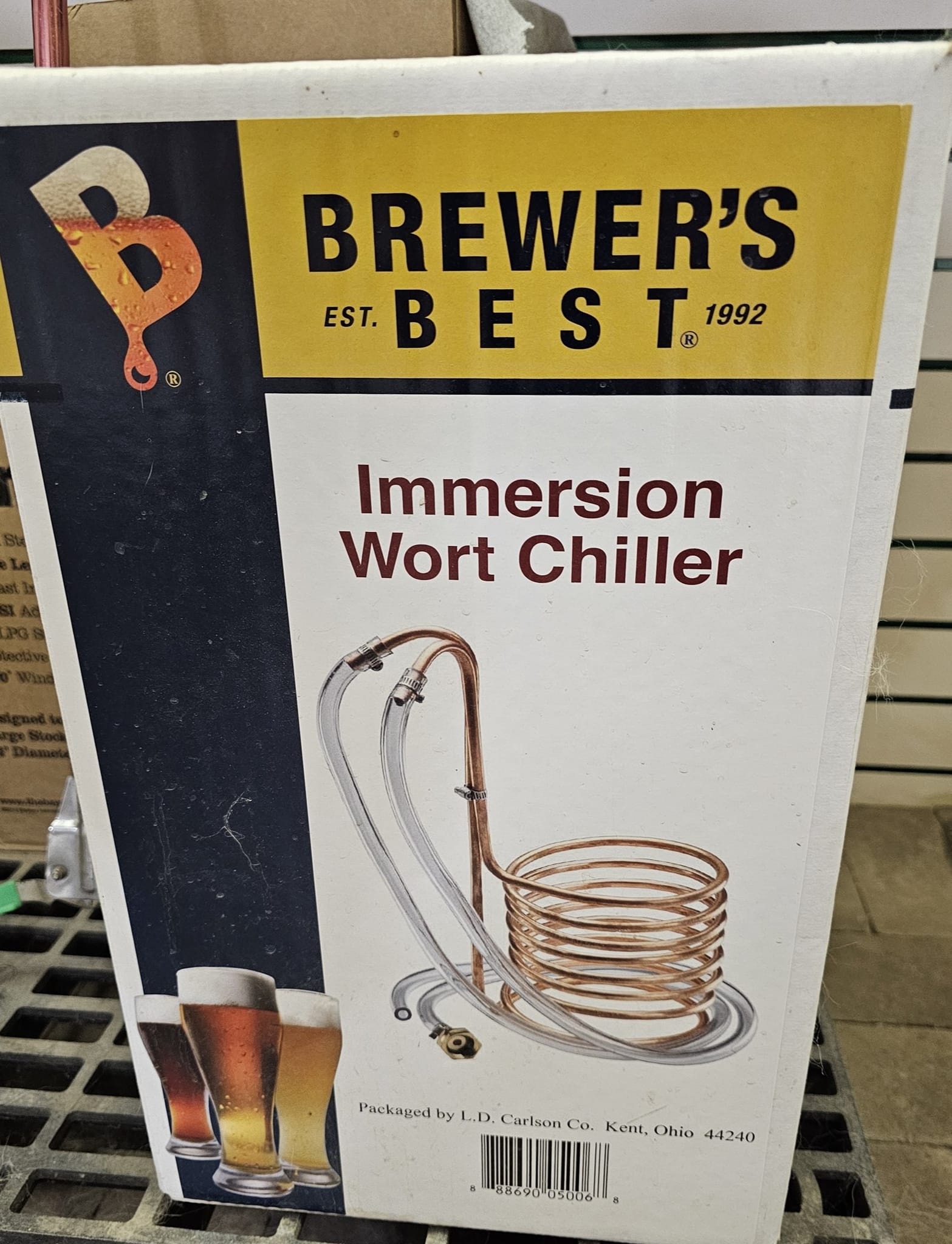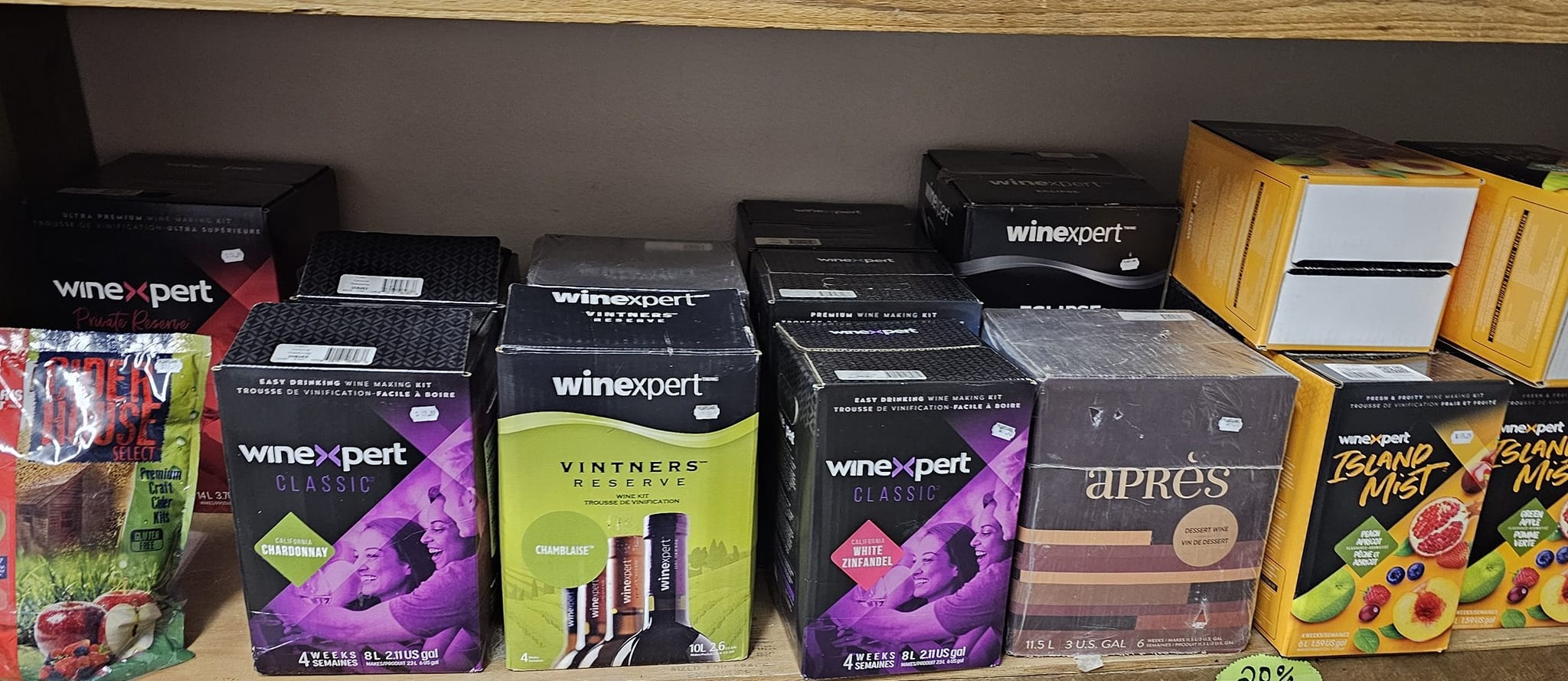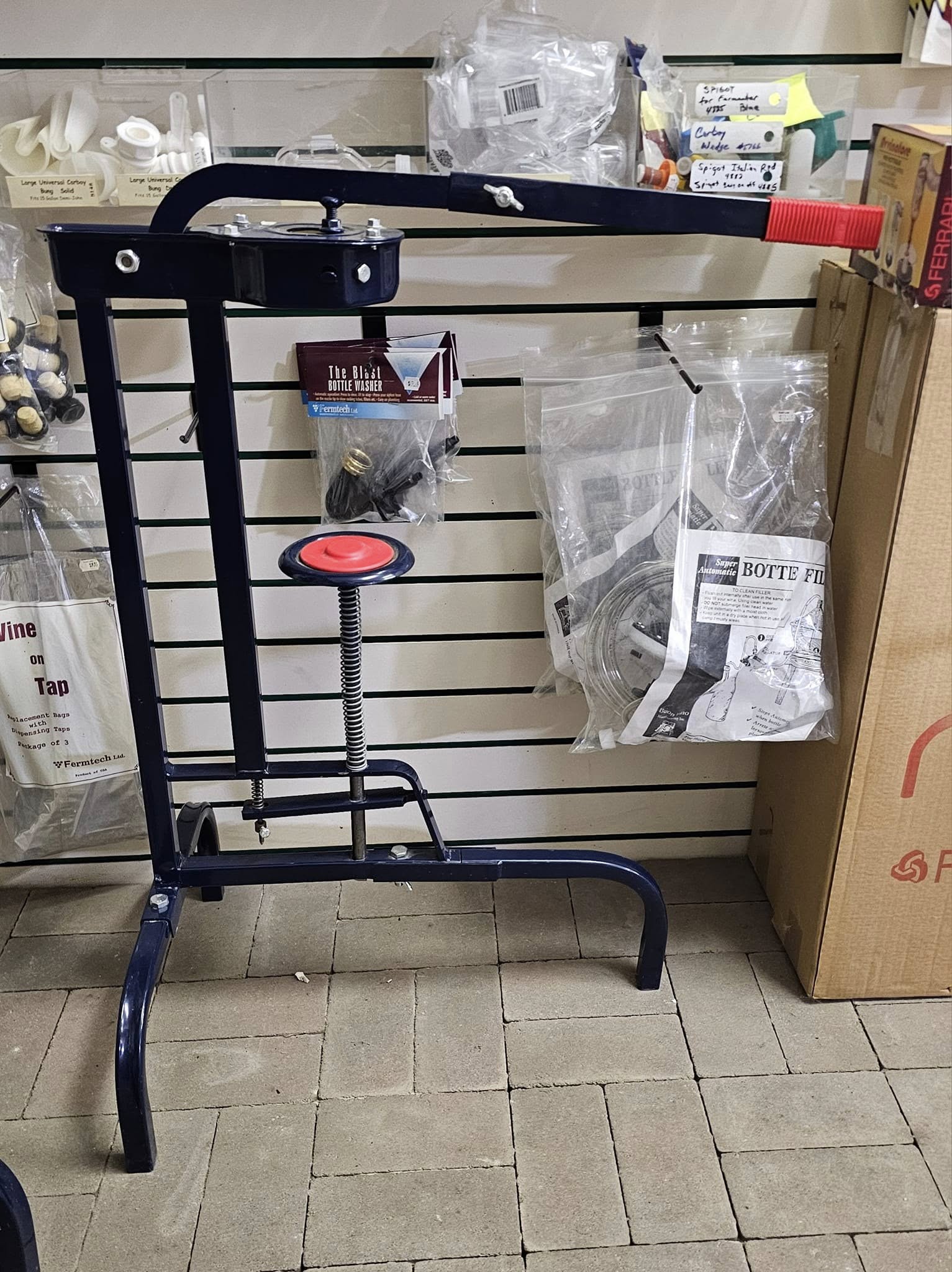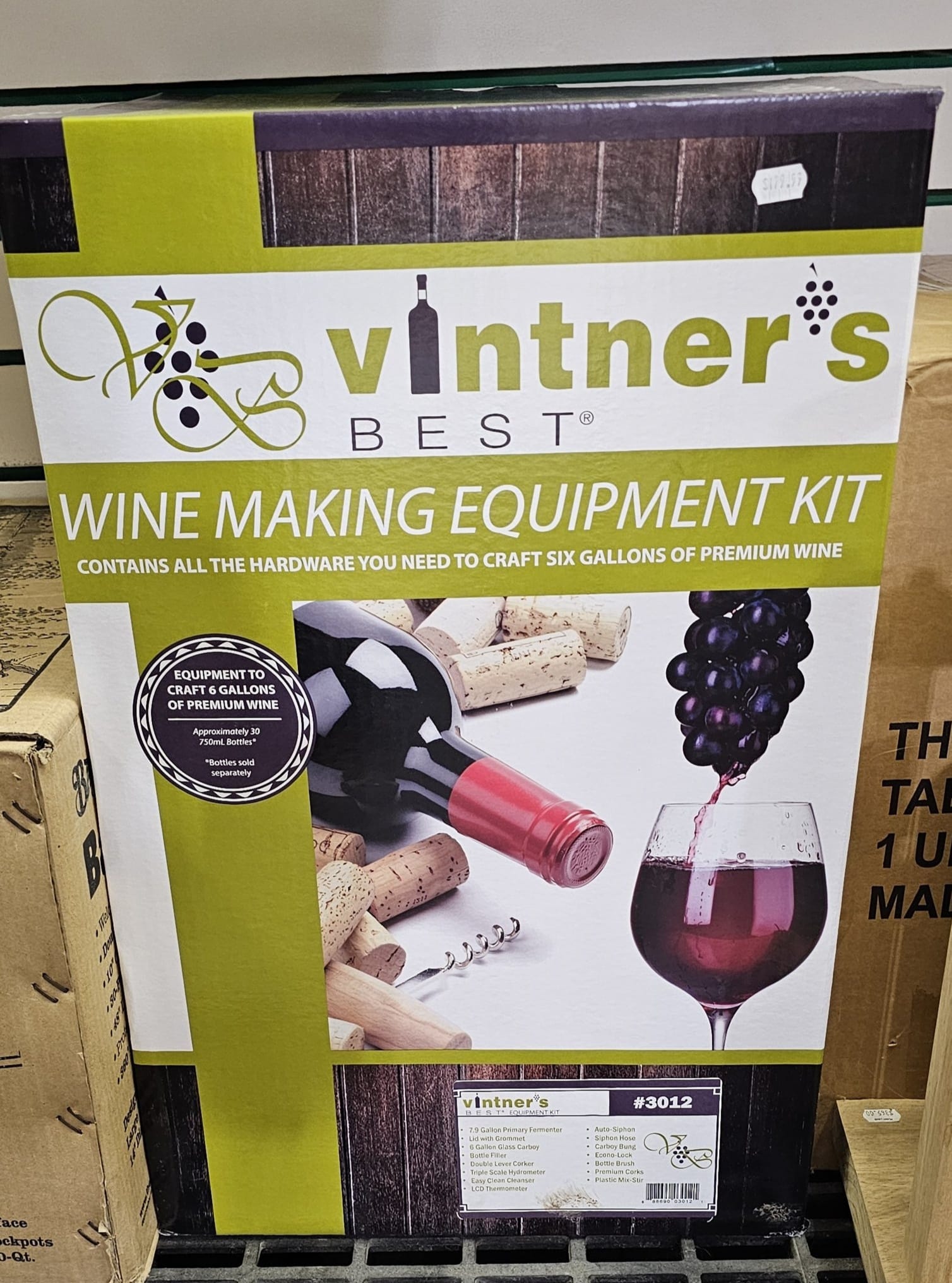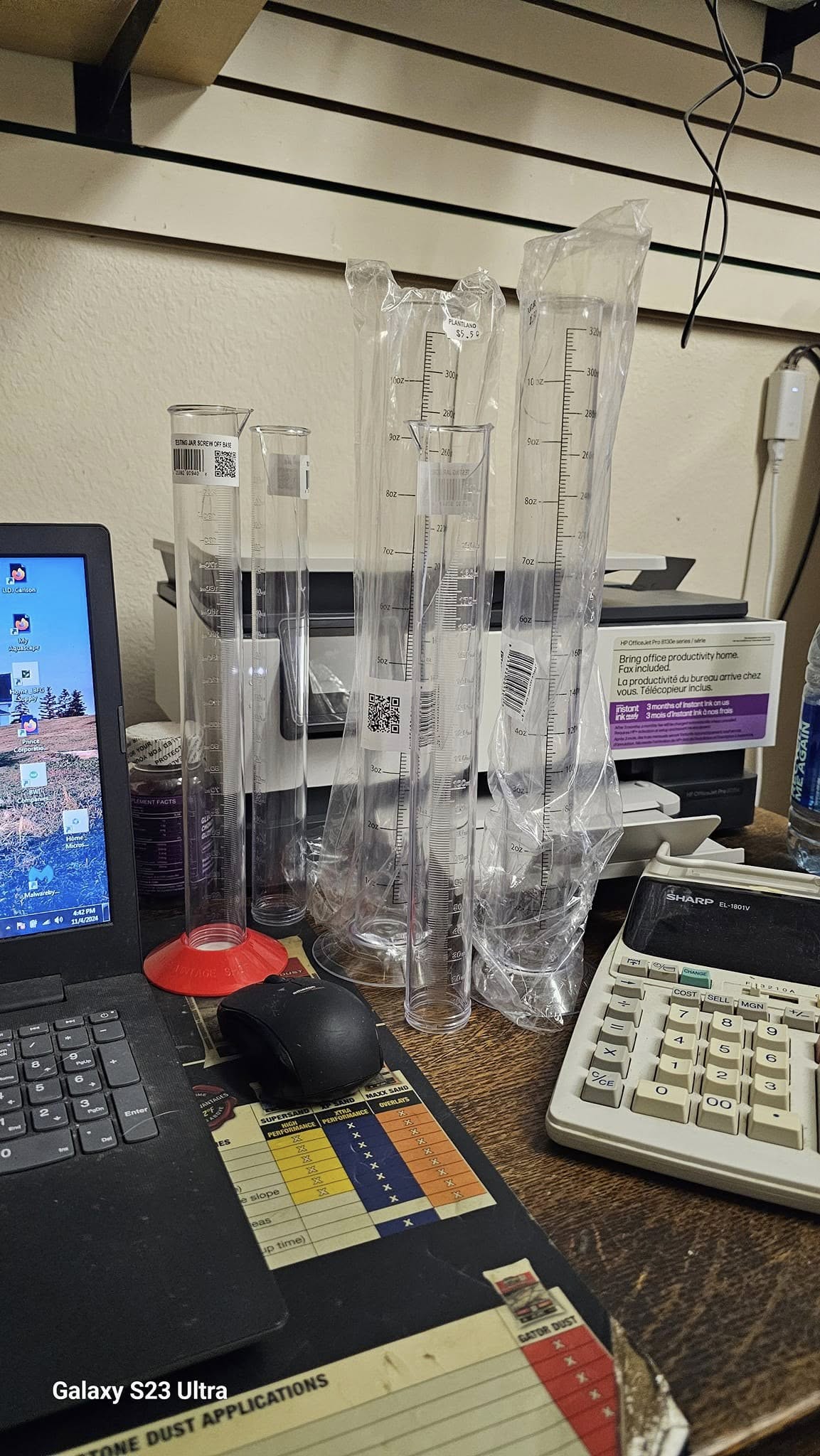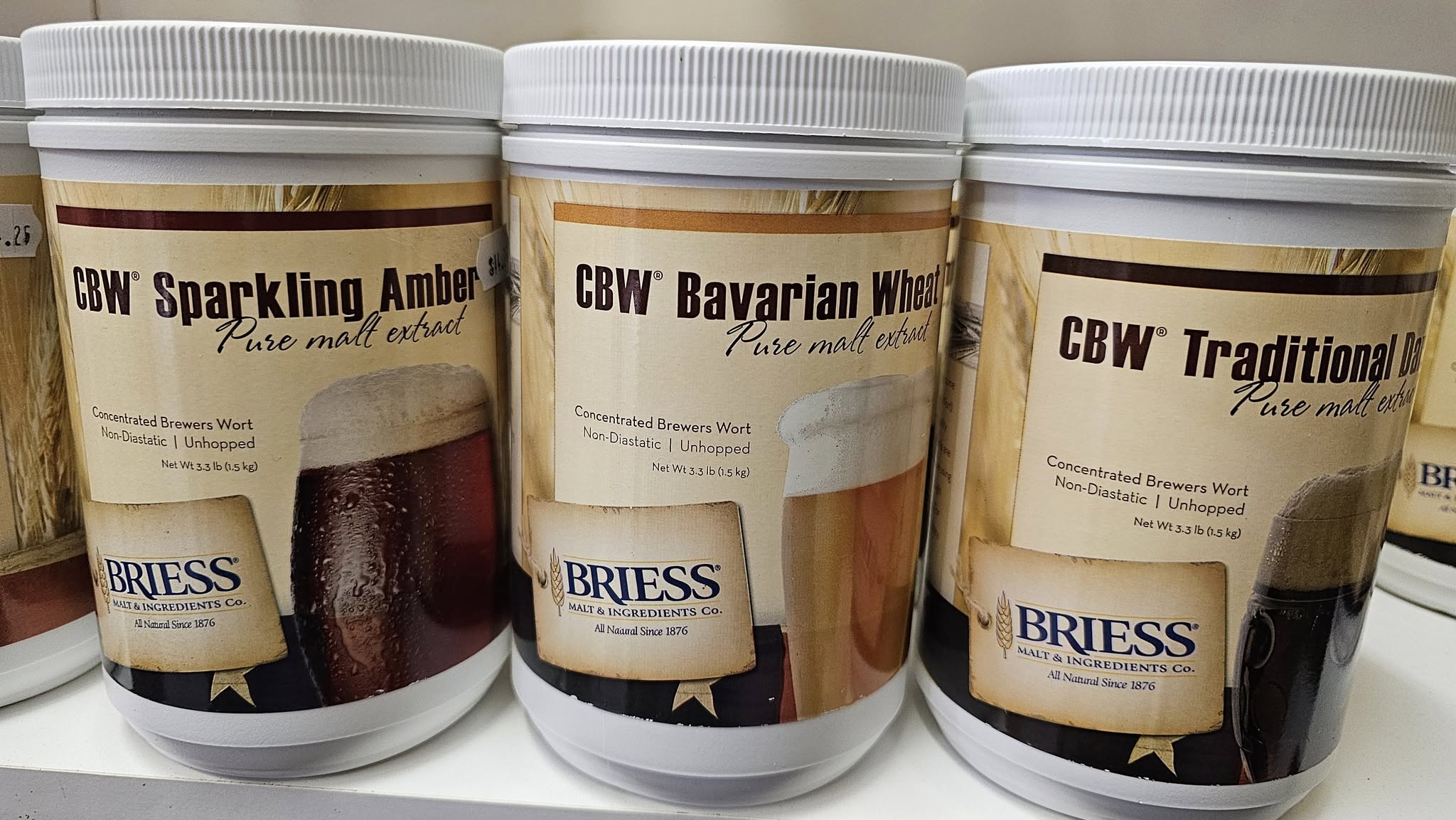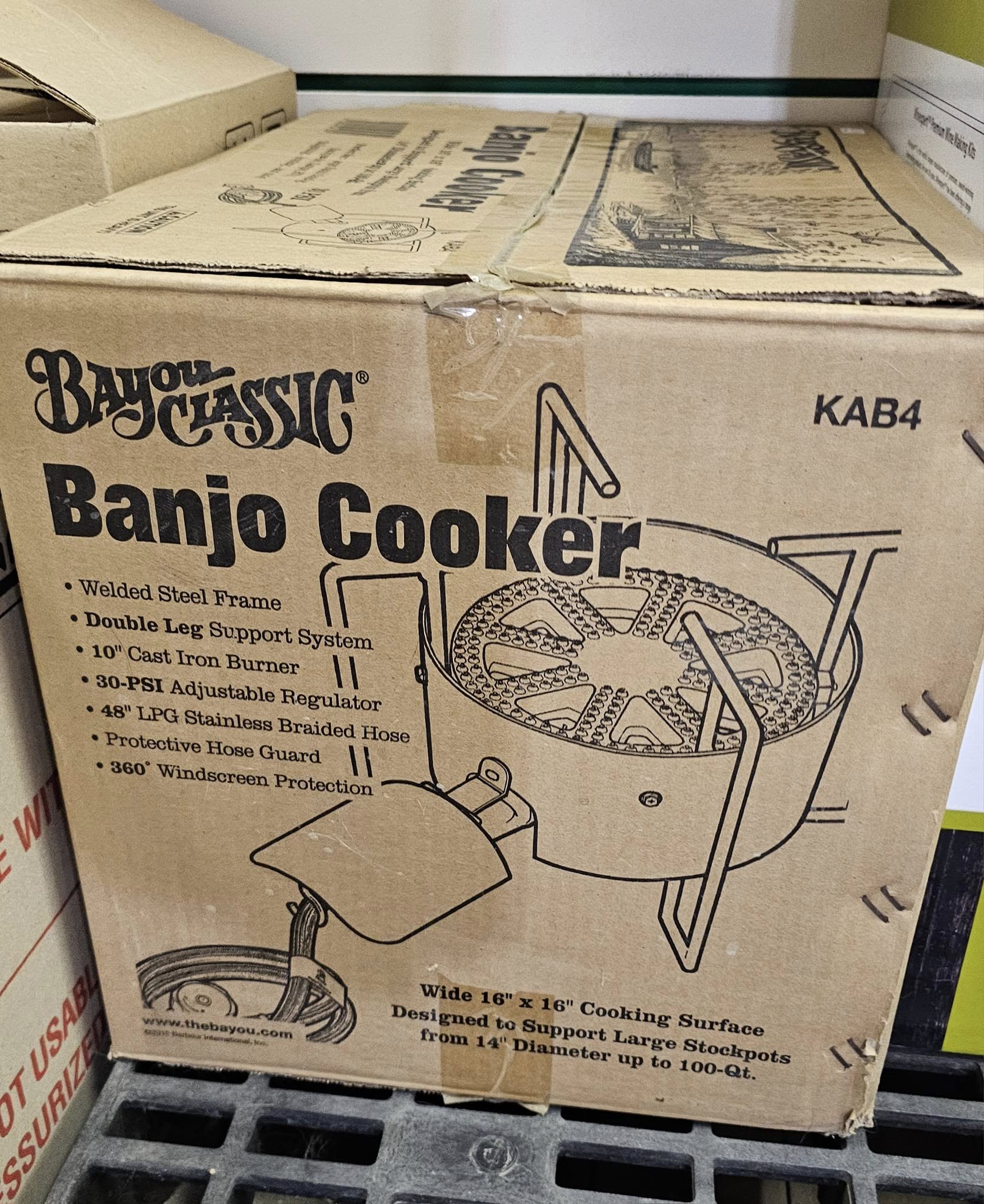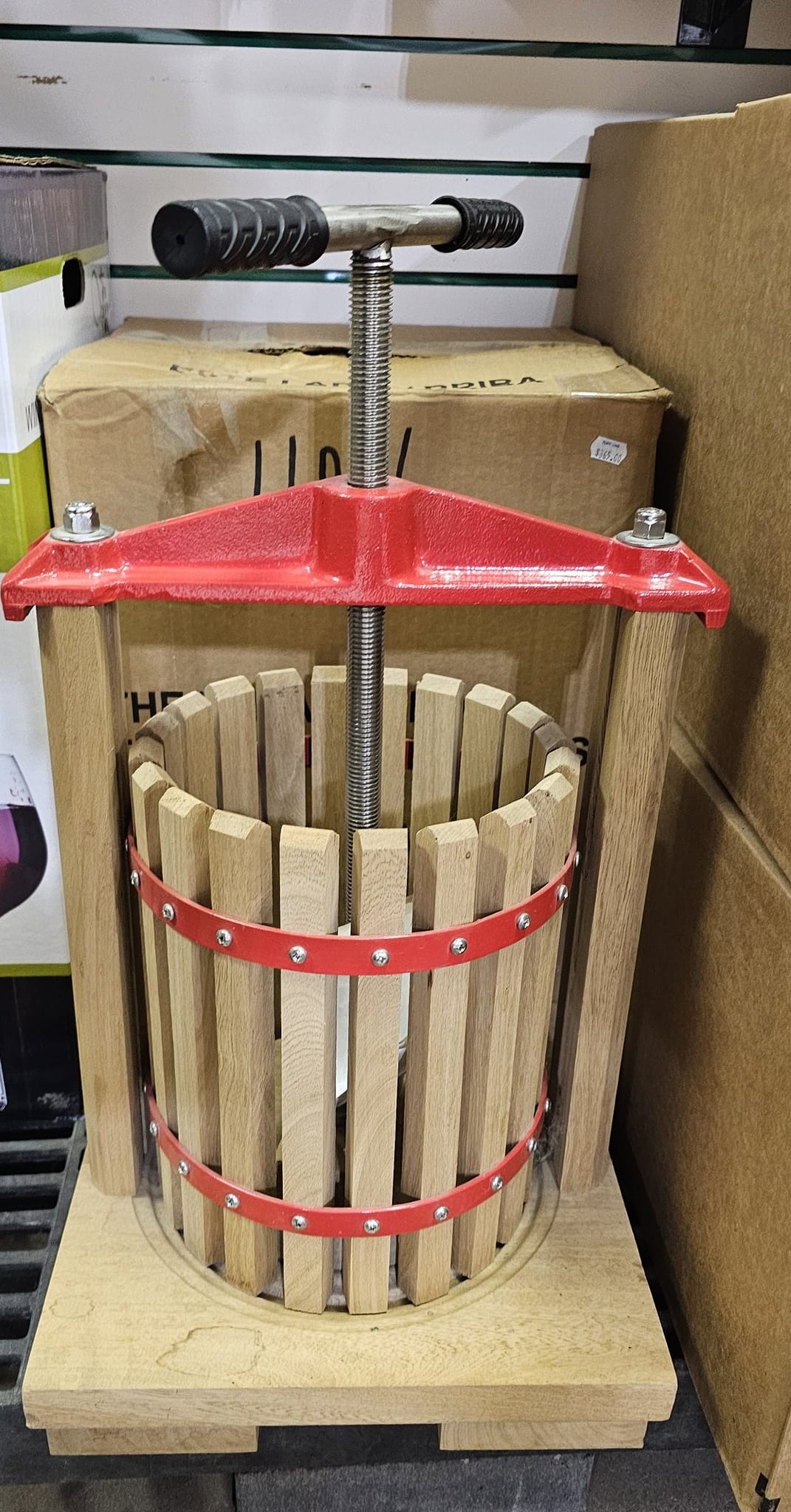
Beer & Wine Making Supplies
What sets Lakeside Brewing apart is our commitment to our customers. Whether you’re a seasoned brewer or just starting out, our team is here to offer expert advice and personalized recommendations to make your brewing experience successful and enjoyable. We also host events and workshops where you can connect with fellow enthusiasts, learn new techniques, and share your passion for brewing. With Lakeside Brewing, you’re not just purchasing supplies; you’re joining a welcoming community built around creativity and craftsmanship.
Brewing Equipment & Supplies We Carry
Lakeside Brewing at Plant Land offers a complete range of beer-making and wine-making supplies for home brewers and enthusiasts. As your trusted local retailer, we take pride in providing top-quality brewing equipment and supplies to help you craft exceptional beer and wine from the comfort of your home. Our goal is to ensure every customer has the tools, ingredients, and knowledge they need to fully enjoy the art of brewing and winemaking.
Wine Ingredients Kits
- Island Mist
- Selection Specials
- Orchard Breezin
- Vintners Harvest Fruit Wine Base
- Vintners Harvest Puree
- Vintner’s Wine Equipment Kit
- Winexpert Vintners Reserve
Beer Brewing Kits
- Brewer’s Best Beer Making Kit
- Brewer’s Best Equipment Kits
- Brewer’s Best Beer Making Ingredient Kits
Yeast
- Red Star
- Lalvin
- Brewferm
- Whiskey Pure
Sterilization & Cleaning Supplies
- Ferrari Corkers and Bottle Washers
Bottling & Packaging
- Bottling, Corking, and Capping Equipment
- Carboys (Glass and Food-Grade Plastic)
Tool & Accessories
- BuonVino Mini Jet
- 4th and Vine Labels
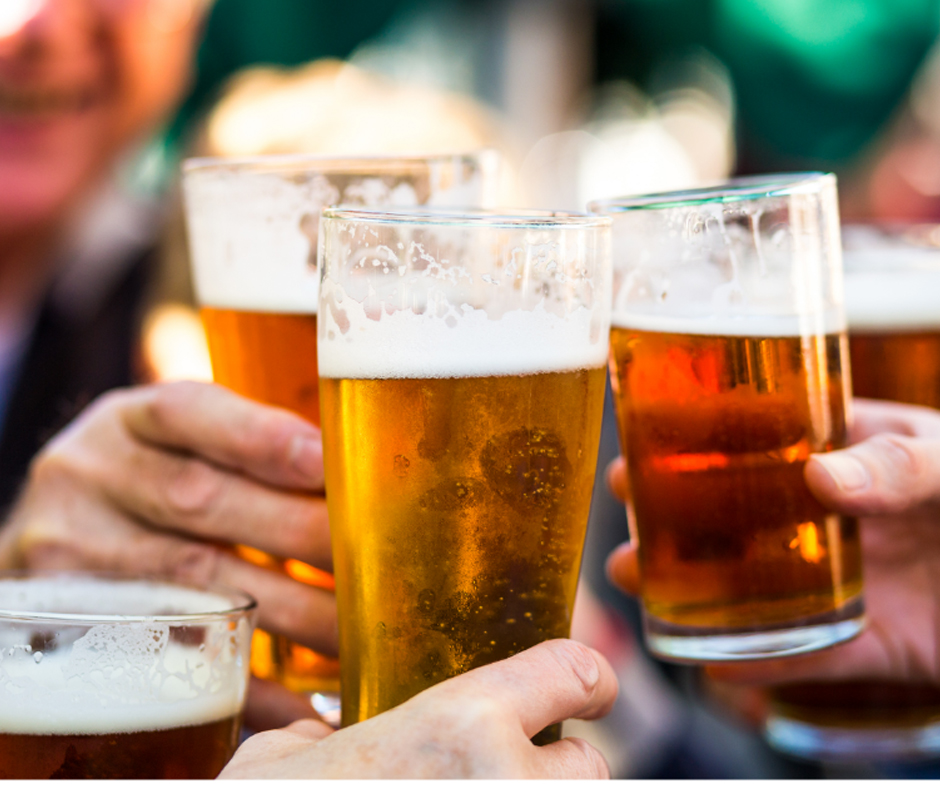
Brewing FAQ’s
Welcome to our Brewing FAQs! At Lakeside Brewing, we believe brewing is more than just a craft – it’s a shared passion and a never-ending adventure. Whether you’re just starting out or you’re a seasoned beer enthusiast, we’re here to answer your questions, share our expertise, and help you uncover the magic behind every pint. From ingredients to techniques, we’ve poured our knowledge into this guide to make your brewing experience as enjoyable and rewarding as possible. So, grab a glass, settle in, and let’s explore the wonderful world of brewing together!
Click below for answers to some common questions!
Citric Acid – The most widely used acid. It is a natural product found in and derived from any citrus fruit. It is found in lemon, lime, grapefruit and oranges.
Malic Acid – This acid is naturally found in many fruits especially apples.
Tartaric Acid – An acid found predominantly in grapes, bananas and tamarinds It is added to other foods to give a sour taste, and is used as an antioxidant. Salts of tartaric acid are known as tartrates
Lactic Acid– “Milk acid” occurs as an end result of Malo-lactic fermentation, which is a bacterial fermentation that occurs after the regular alcohol fermentation is complete.
Acetic Acid (vinegar) – Vinegar bacteria often turns your wine into vinegar. This is often caused by less than sanitary conditions.
Oxidation occurs when there is a high level of vinegar bacteria. Make sure that all your equipment, utensils, and hands is sanitized with potassium metabisulphite. Oxidation will make your wine taste like vinegar and will not be suitable for drinking.
By adding 1/2 tsp. of Energizer powder per gal. of wine will restart, a stuck fermentation, speed up a slow fermentation or simple give your yeast a faster start.
Specific Gravity
.99 to 1.170 measures how much sugar is in a liquid. Pure water @ 60 degrees will show 1.000. As sugar is added the specific gravity will increase. Sugar increase the density of the water or other liquids.
Balling
Measures the percentage of sugar by weight; Balling or Brix also shows how much sugar is present as does the specific gravity. Most beer and wine making recipes refer to the specific gravity.
Potential Alcohol
This scale refers to the percentage of alcohol that will be produced if all the sugars present are converted. This reading needs to be taken before fermentation begins than again after the fermentation stops. The last reading is subtracted from the first reading ex: 12% – 1% = 11% of actual alcohol.
Brewing Resources & Charts
Essential Brewing Tools: Conversion Charts, Yeast Insights, and Gravity Guides to Perfect Your Brew. Click on the icons below to open the diagrams.
Tablet To Powder Conversion Chart
| 1 Acid Blend Tablet | 3/4 level tsp. of powder |
| 1 Nutrient Tablet | 1 level tsp. of powder |
| 1 Tannin Tablet | 1/4 level tsp. of powder |
| 1 Pectic Enzyme Tablet | 1/2 level tsp. of powder |
| 1 Energizer Tablet | 1/4 level tsp. of powder |
| 1 Anti-Oxidant Tablet | 1/2 level tsp. of powder |
| 1 Stabilizer | 1/2 level tsp. of powder |
| 1 Sparkolloid | 1 level tsp. of powder |
Weight Equivalents of Various Powders (*approx.)
| Acid Blend Powder | 5 1/2 tsp. = 1 oz. |
| Acid, Citric, Powder | 5 tsp. = 1 oz. |
| Acid, Malic | 6 7/8 tsp. = 1 oz. |
| White Granulated Sugar | 2 cups = 1 lb. |
| Corn Sugar | 2 1/2 cups = 1 lb. |
| Honey | 1 1/2 cups = 1 lb. |
| Nutrient Powder | 4 tsp. = 1 oz. |
| Pectic Enzyme Powder | 6 1/2 tsp. = 1 oz. |
| Sorbistat K ( stabilizer) | 8 tsp. = 1 oz. |
| Sulfite | 3 tbsp. = 1 oz. |
| Tartaric Acid Powder | 5 1/2 tsp. = 1 oz. |
Suggested Starting Specific Gravities
| Dry wine | 1.075 to 1.095 |
| Sweet Wine | It is best to make a dry wine and sweeten it after the fermentation is complete. |
| Strong Dessert Wine | 1.120 starting gravity. To increase the alcohol add sugar in small amounts until fermentation stops and the desired sweetness is attained. |

